Barbie vs. Dracula
In which Norm finds himself torn between Greta Gerwig's BARBIE and André Øvredal’s THE LAST VOYAGE OF THE DEMETER. For a moment, anyway.
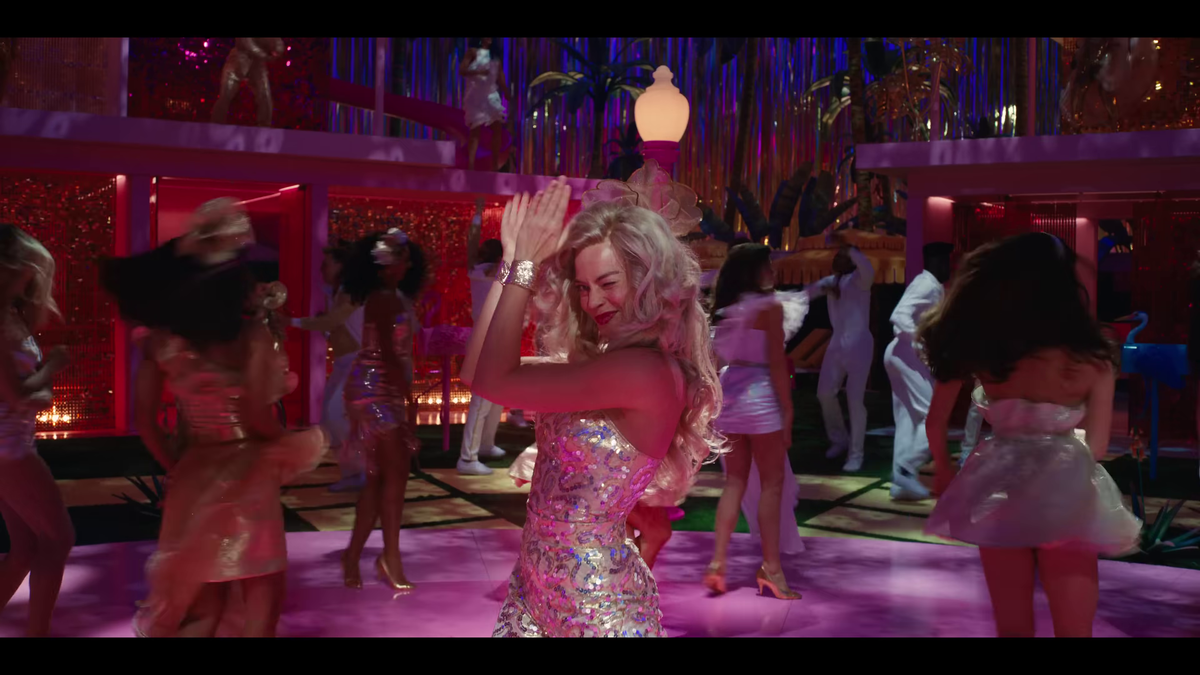
Counterprogramming is a remarkable thing, isn’t it? On Tuesday morning, two fresh new interpretations of iconic pop-cultural characters rolled onto disc: Warner Home Entertainment released Greta Gerwig’s world-beating blockbuster Barbie, and Universal Studios Home Entertainment delivered André Øvredal’s The Last Voyage of the Demeter, which spins a sliver of Bram Stoker’s Dracula into a two-hour text.
I know, I know: Why not release Oppenheimer instead, and let us experience a second wave of that sweet Barbenheimer synergy? Probably because replication lines were already rammed with demand for Warner’s Barbie order, which is arriving – like The Flash before it – in separate 4K and Blu-ray editions, rather than the combo model Universal still follows. Or maybe Universal is still determined to keep Oppenheimer in theatres until it cracks a billon dollars at the global box-office; it’s getting there! Either way, Christopher Nolan’s epic character study will be released on disc in about a month, on November 21st. I might even have a couple of copies to give away!
But today, it’s all about, um, Barbicula. So let’s get into it.
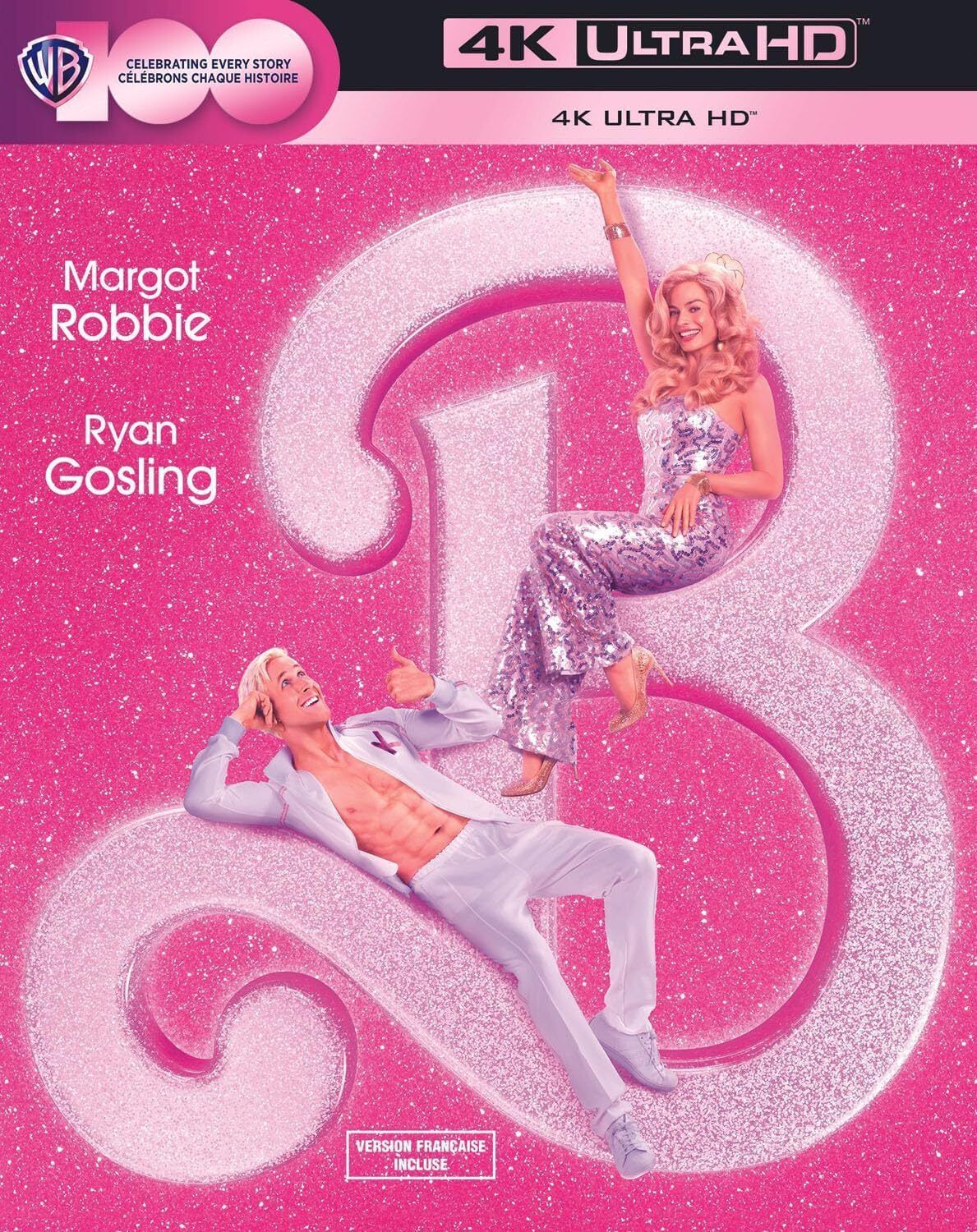
It feels like I’m the last person on Earth to see Barbie, but it was worth the wait: Greta Gerwig’s shiny plastic meta-comedy is as audacious as it is accessible, starting with a riff on the opening of 2001 and waiting for you to realize the entire movie borrows its structure from Kubrick’s masterpiece, taking its reluctant, confused hero to Venice Beach and beyond the infinite. And then she and co-writer Noah Baumbach just pile on anything else they want to, because who’s paying attention? It’s the Barbie movie, for chrissakes. But it’s so much more.
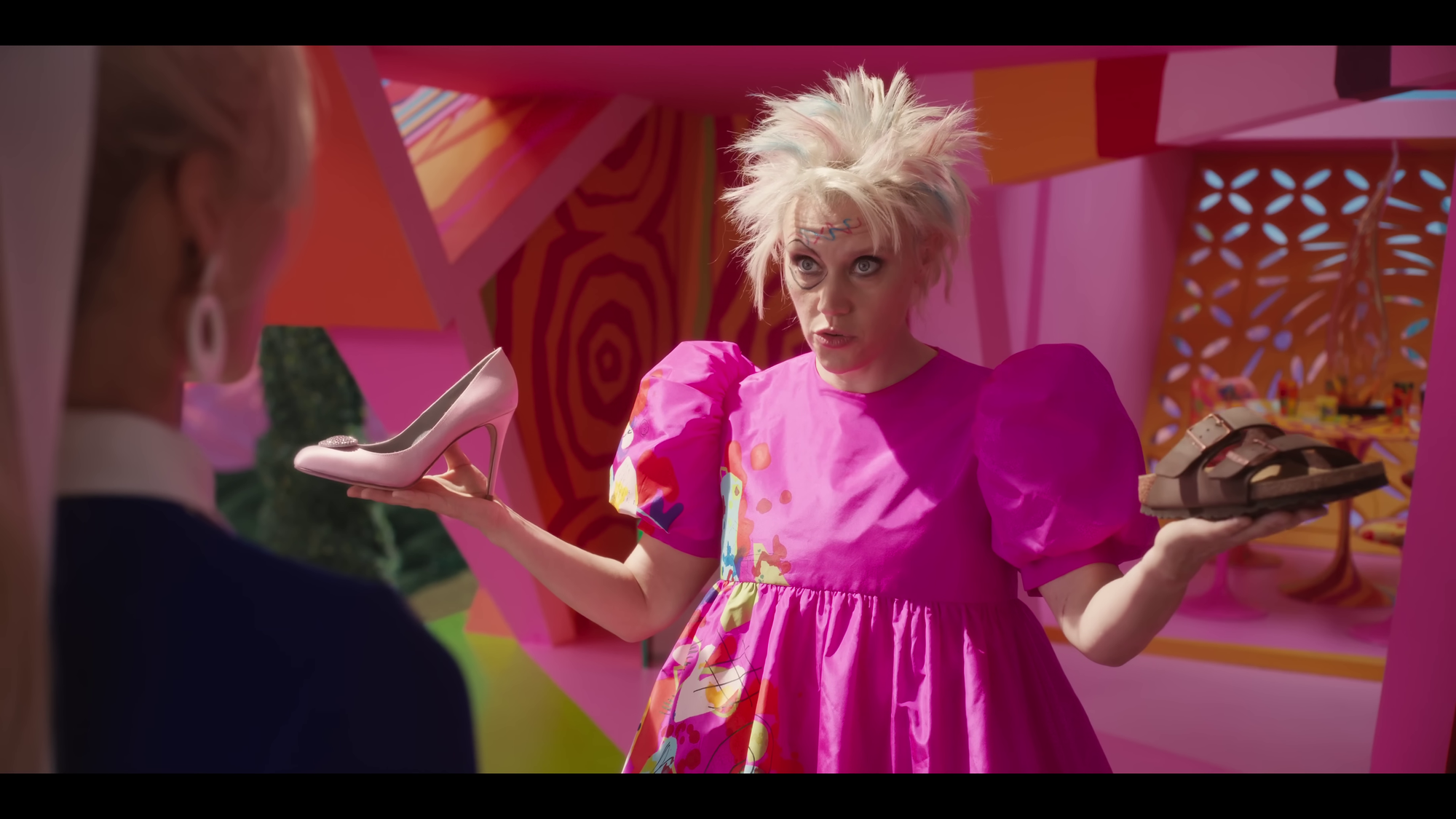
It’s a classic quest picture where the real treasure is the self-awareness we gain along the way, a satire of socially enforced conformity that stops dead for a monologue about the inherent contradictions of existing as a woman in American society for the kids in the audience to file away for later. It’s about how hard it is to be happy with what you have, and how easy it is to be angry about what you don’t. It’s about how incredibly funny Margot Robbie can be just grinning, and how incredibly funny Ryan Gosling can be just blinking. It’s about everything, because Barbie can be anything.
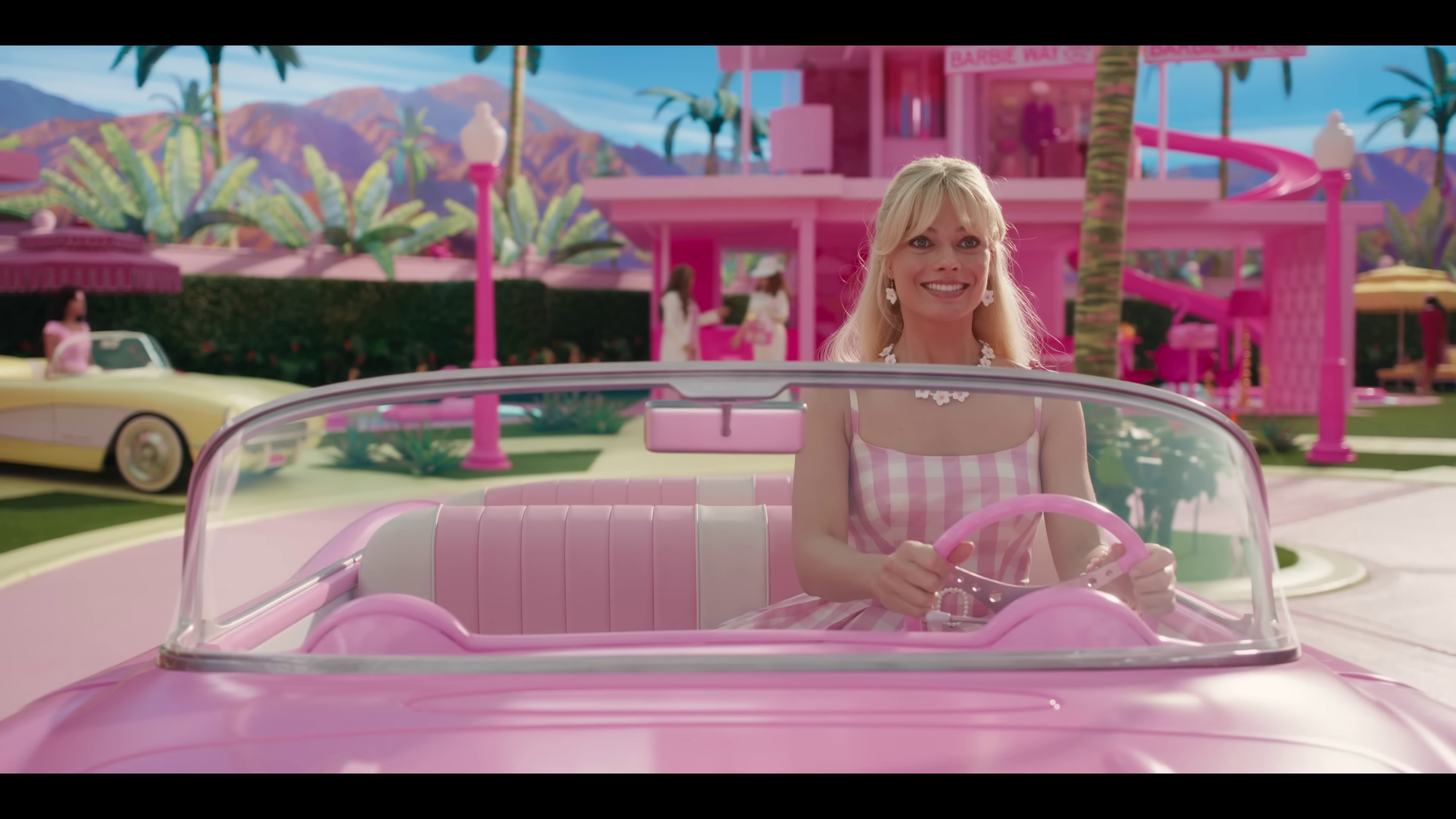
It's also about how glorious artifice can be. Everything in the movie’s Barbie Land is custom-built, extrapolated from Mattel’s toys but just a little off. And because we spend the first act in Barbie Land, with Robbie’s Stereotypical Barbie – the Barbie that pops into people’s heads when someone says “Barbie”– as she begins to experience anxiety, depression and “irrepressible thoughts of death”, when she finally visits the real world, the real world looks a little off as well. Mostly because there are way more Kens than Barbies there.
I mean, Barbie Land is also full of Kens, of course – all sorts of Kens, just like there are all sorts of Barbies – but in Barbie Land they exist to enable and fulfill the Barbies; they’re the add-ons. But the Kens in the real world are doing the things that Barbies do in Barbie Land, which means they’re in charge, and that is something that blows the mind of the Ken who tags along with Barbie.
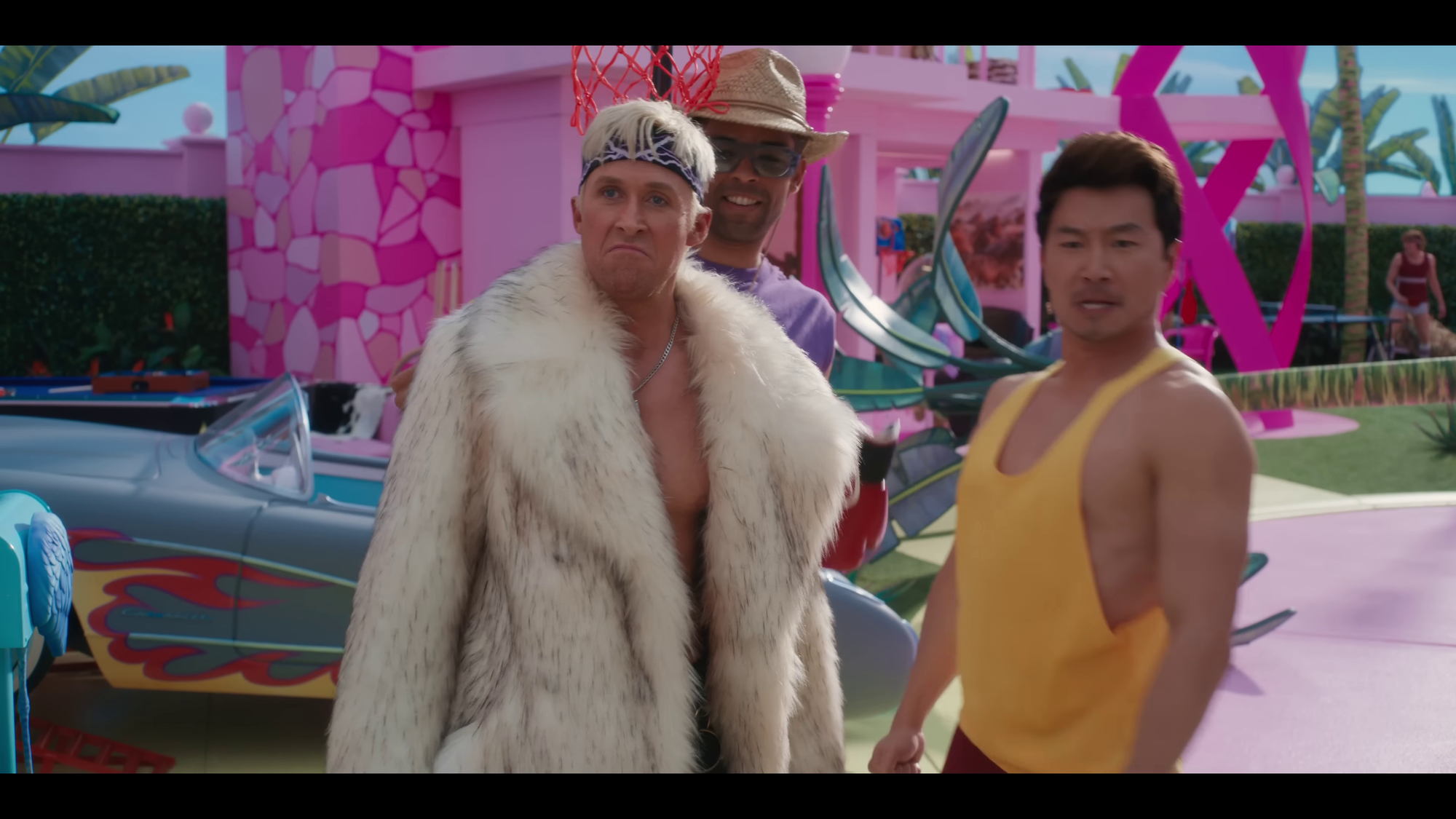
This is the Ryan Gosling model, the Ken who keeps asking if he can stay over at her Dream House even though he doesn’t really know what it is he wants to do there. (Does that feel a little creepy? It’s supposed to.) And after Ken inserts himself into Barbie’s vision quest and discovers that the real world is all topsy-turvy, where men and horses run everything, he returns to Barbie Land determined to bend it to his will. He’s discovered empowerment but doesn’t understand it; any child who’s ever been on a playground will understand what happens next.
This is still a comedy, of course, and so our Barbie must befriend a mother (America Ferrera) and her teenage daughter (Ariana Greenblatt) and help them rediscover their love and respect for one another – but Gerwig and Baumbach play with that, too, more or less settling that storyline before the halfway point. The plot of this thing is remarkably dense and utterly effortless, raising and resolving things that could have served as the central conflicts of a different, lazier script. Gerwig shuffles through ideas the way Barbie shuffles through outfits, picking whatever seems appropriate for the moment and then moving on to something else. It shouldn’t work, but it does. The whole movie feels like that, as though we’re watching an incredible high-wire experiment and actively participating in it – encouraging it – at the same time.
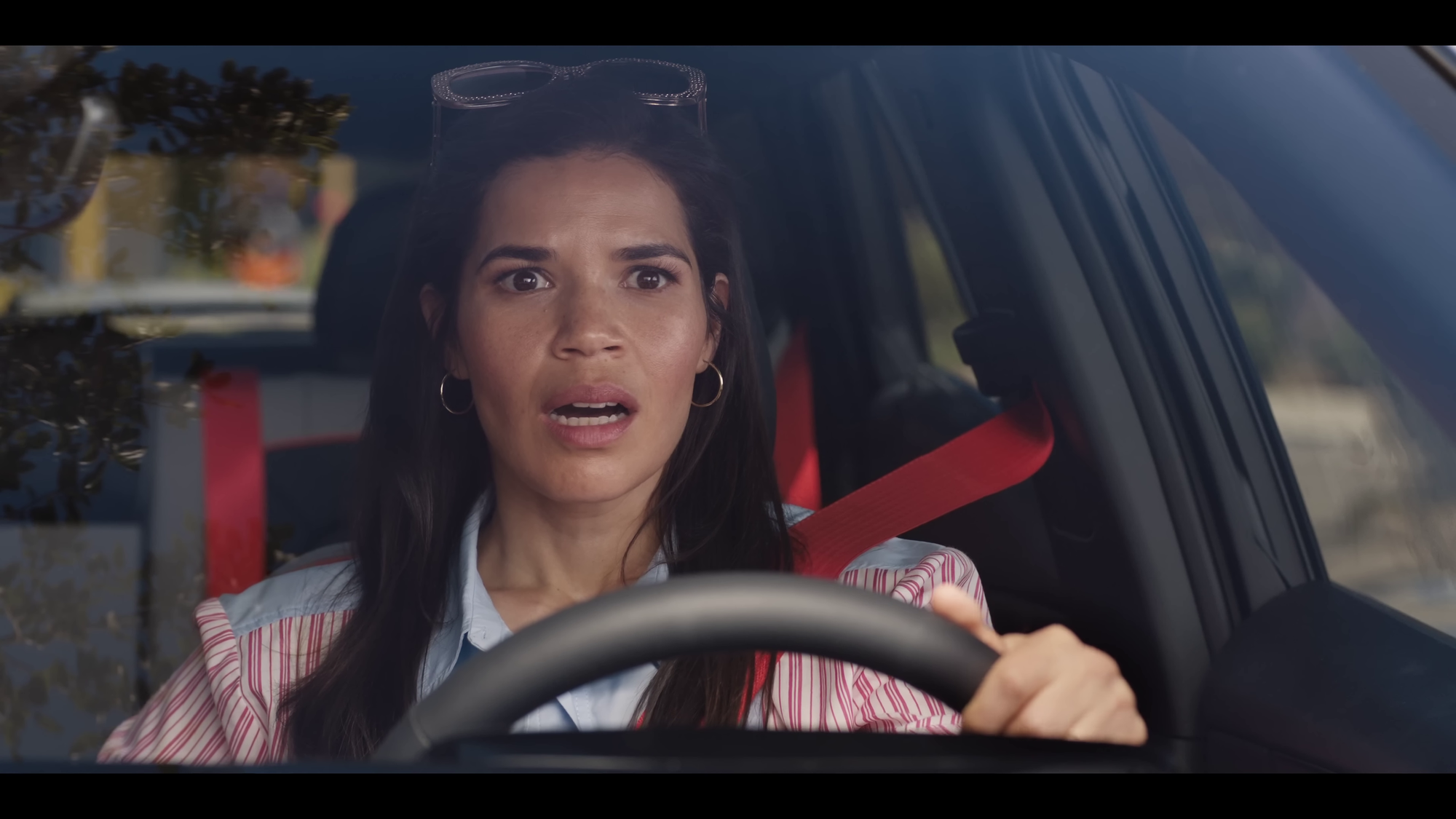
There’s an ebullience to Gerwig’s audacity, as though she’s pedaling as hard as she can in case someone realizes what she’s doing and starts chasing her. It made me even angrier at Michael Bay for never doing a single radical thing with all those Transformers sequels; clearly, no one was ever going to stop him. But the contrast between the act of wild female imagination that is the Barbie movie (Sarah will forgive me, I’m sure) and the thudding literalism of every Michael Bay film is exactly Gerwig’s point, isn’t it? Anything was always possible; someone just had to try it, and keep going.
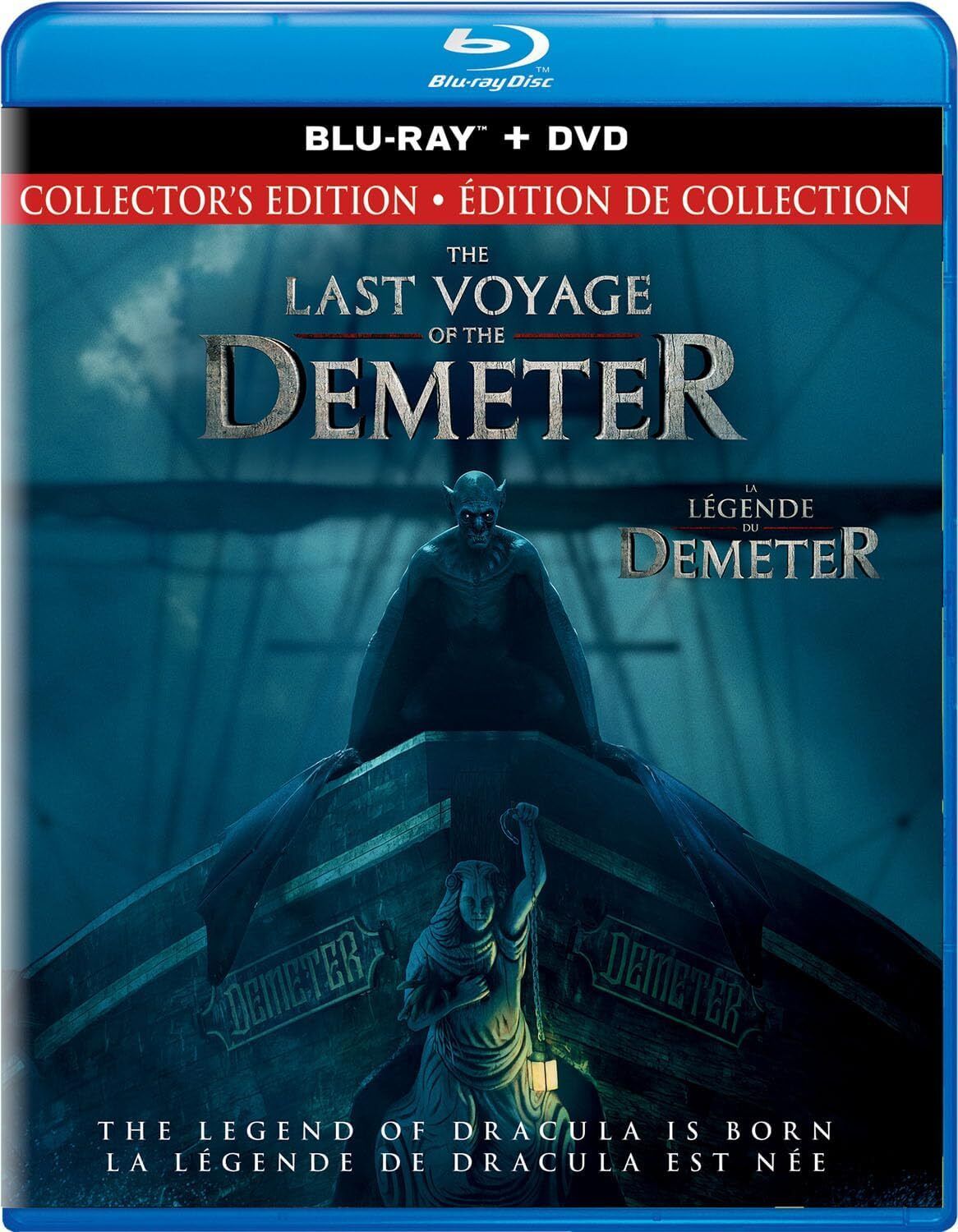
The Last Voyage of the Demeter is also an act of imagination, though it’s worth pointing out that most of the imagining has already been done. “What if we took a single chapter of Bram Stoker’s Dracula and made it a whole movie” is an intriguing question, I guess, and the specifics of the chapter in question are not without drama.
This is the story of the ship hired to bring the Count’s luggage to England, which arrived devoid of life, its dead captain lashed to the wheel, clutching a record of the crew’s demise at the hands and fangs of some unspeakable, unknown fiend. We of course know this to be the work of Count Dracula, who orchestrated his own escape from the Carpathian mountains by shipping himself as freight along with his possessions, snacking on the crew as they made their way across the sea. In the novel, it’s barely a footnote, serving as our first glimpse of the depravity behind the courtly façade he showed to Jonathan Harker. Now it’s a stand-alone prequel to what most audiences know as The Dracula Story.
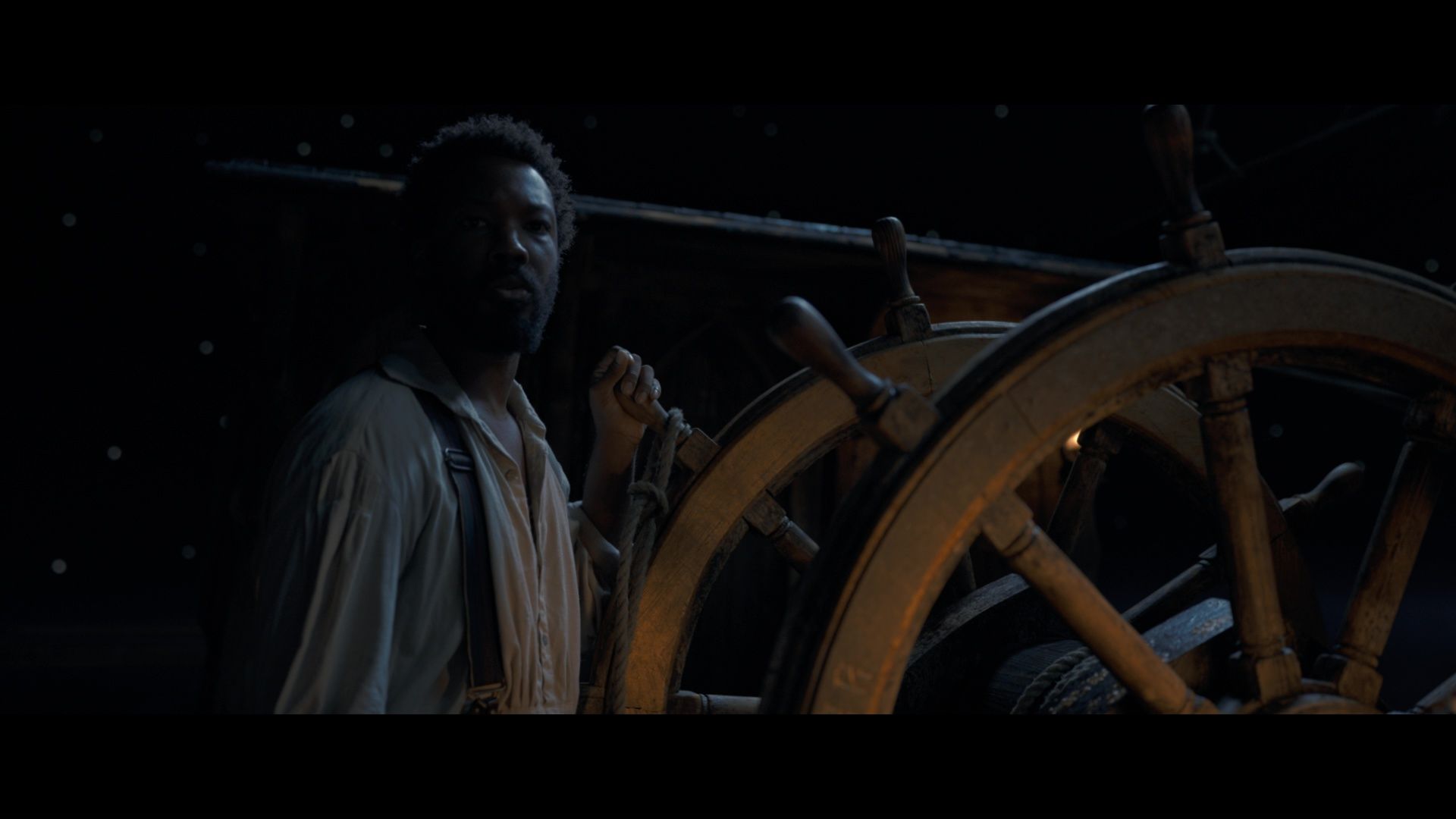
I was intrigued to learn Bragi Schut’s script had been kicking around Hollywood for a couple of decades; in this age of maximum IP, it feels like the project would have been greenlit in record time. But nope! It turns out “late Victorian riff on the isolated horror of Alien and The Thing” is a tougher sell than you’d think, even with the king of all vampires attached. Or maybe it just took a really long time to find someone who wasn’t intimidated by the thought of going up against not one but three classic horror texts.
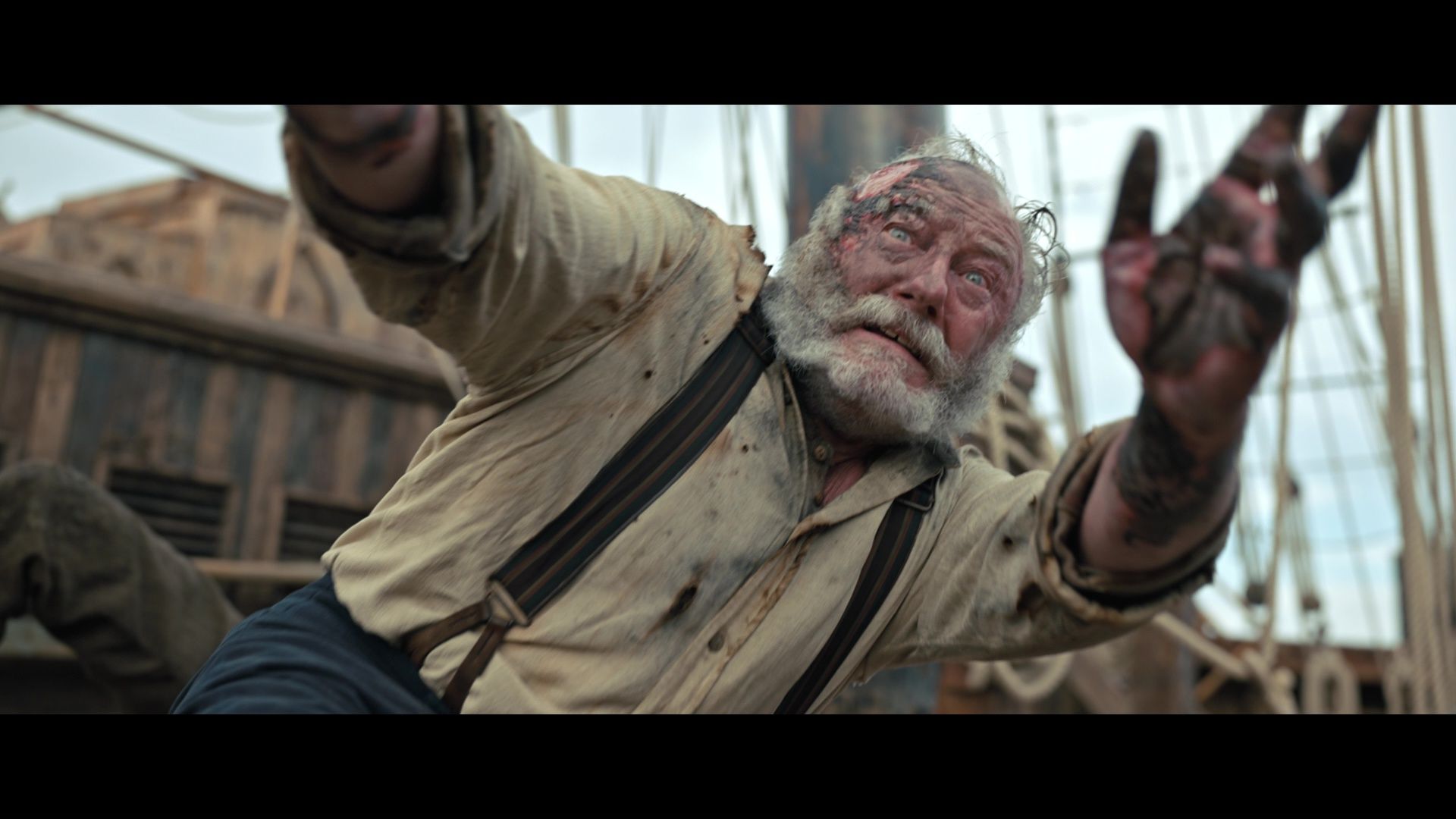
Øvredal – whose directorial resume includes Troll Hunter, The Autopsy of Jane Doe and Scary Stories to Tell in the Dark – is as genre-literate as they come, and experienced at finding new angles on familiar concepts. He knows how to immerse an audience in a creepy space, and fill that space with dread. He’s good with actors, assembling a pretty strong cast of vaguely familiar faces – Corey Hawkins from Straight Outta Compton as the ship’s doctor and resident Man of Science, Liam Cunningham as the gruff captain, David Dastmalchian as his sneering first mate, C’mon C’mon scene-stealer Woody Norman as the cap’n’s grandson and The Nightingale’s Aisling Franciosi as the inevitable stowaway unearthed at the end of the first act – a stowaway who knows far more than she’s letting on about the nature of the threat facing the crew.
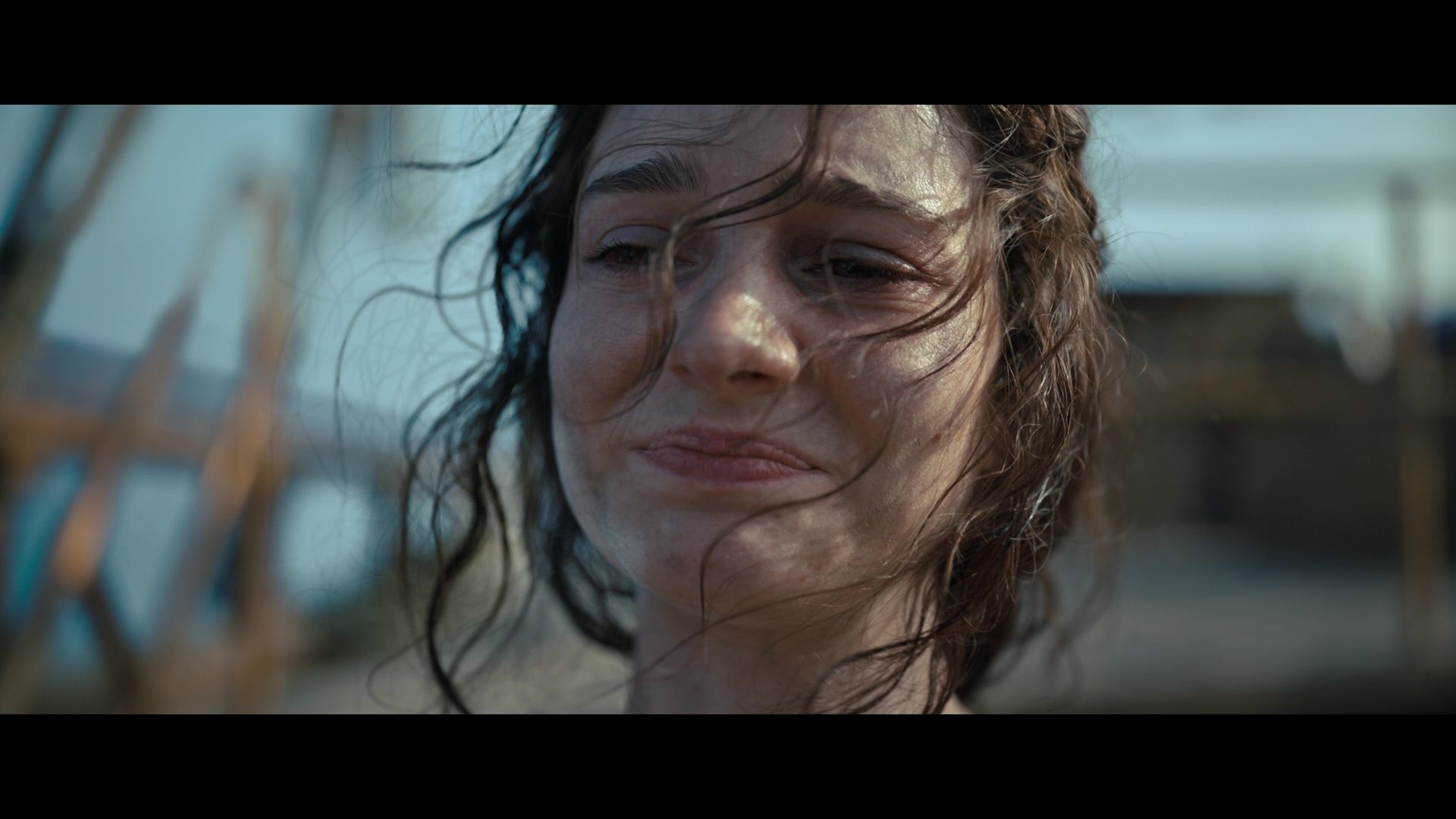
The individual parts are solid, so why doesn’t The Last Voyage of the Demeter come together as the slow-burn horror it so clearly wants to be? I think part of the problem is that the film burns too slowly, unrolling its very, very simple plot – which can be boiled down to crew gets on the boat, boat goes in the water, Dracula’s in the boat, farewell and adieu to you fair Spanish ladies – so deliberately that we are not just steps but leagues ahead of the characters. I also suspect that the opening titles, which tell us that the story is based on a chapter of Stoker’s Dracula, work against any sense of suspense, since we spend the whole movie waiting for Dracula to show up. (Say what you will about Barbie, but it gets Barbie on the screen in the first sixty seconds.)
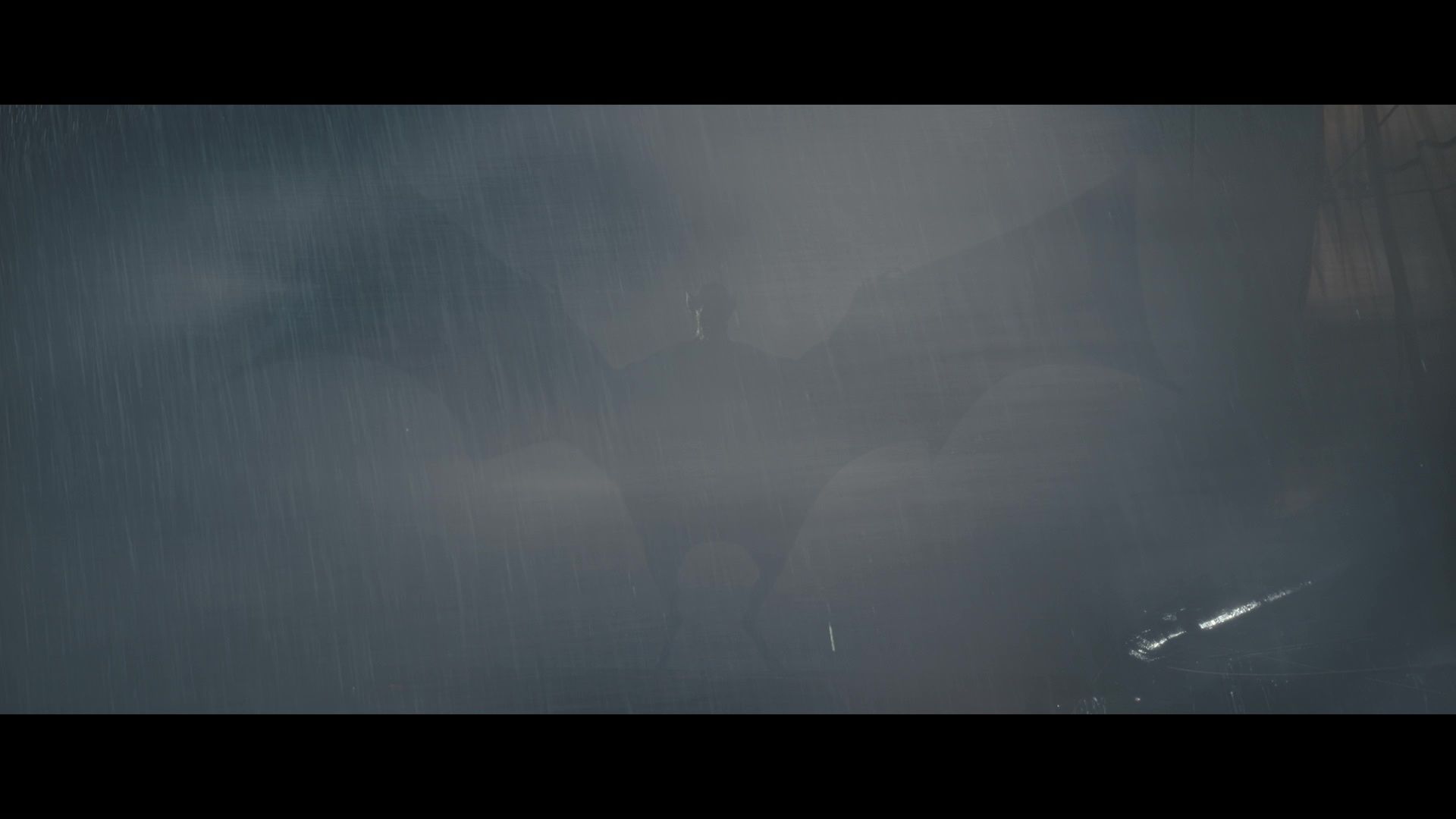
There’s also the uncomfortable fact that those of us who are familiar with Stoker’s novel will know that the film’s version of Dracula doesn’t quite line up with the book; the Demeter sets sail after Jonathan Harker has been seduced by the Count, who appears to him as a courtly aristocrat; the movie’s Dracula is a scrabbling, feral bat-man who has more in common with the hissing Barlow of Tobe Hooper’s Salem’s Lot, sneaking up on people to tear their throats out rather than compelling them into his service. It’s an interesting visual design, and the Spanish creature performer Javier Botet gives him a creepy, animalistic energy. But it reduces one of the most complex genre creations to a beast – an Alien, a Thing – rather than the rich character he might otherwise have been. I’m not asking for the second coming of Christopher Lee or anything, but … well, there surely could have been more than what we got.
And there might have been! Universal’s Blu-ray features about 10 minutes of deleted scenes, none of which adds anything to an already overlong film – seriously, check out Neasa Hardiman’s Sea Fever, which does a very satisfying job of spinning a nautical horror story about a crew in a jam, and brings it in at a tight 95 minutes – but which all suggest the script was much more interested in relationships than monsters on the page. Maybe that’s why it took so long to make; the featurettes are all about how scary Dracula is and how much fun everyone had with the creature design, with pauses to marvel at how the production figured out a way to shoot the on-deck action in water rather than on a soundstage. The massive tank in Malta still required bluescreen to block out the modern world, which is why it frequently feels like we’re watching actors acting against artificial backgrounds. The feature looks good, and while there’s no 4K disc yet the 1080p presentation is pristine, its Dolby Atmos soundtrack filled with creaks, groans, whispers and raindrops.
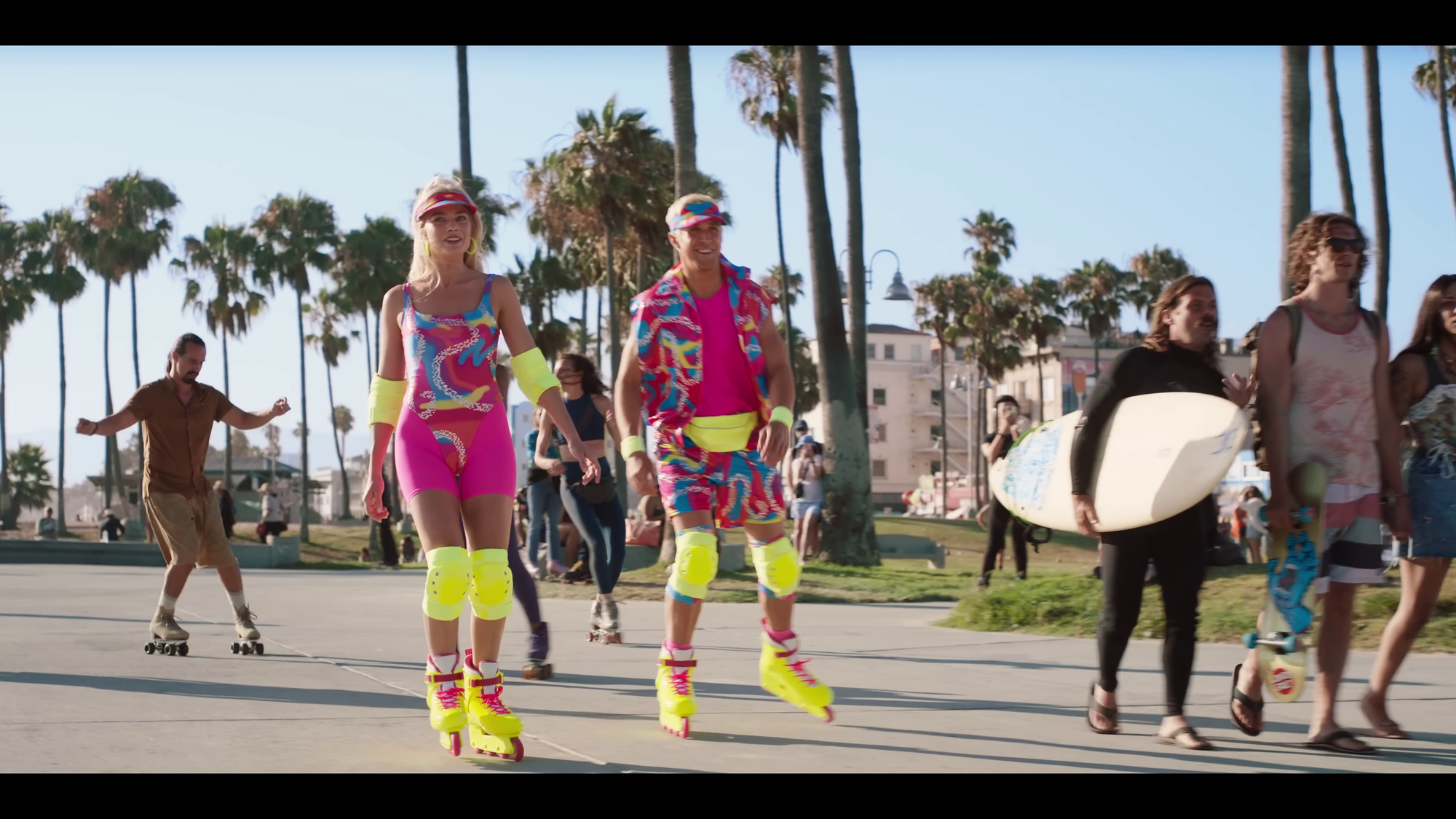
More impressive still is Warner’s 4K master of Barbie; the HDR grade is so vivid that it sometimes hurts to look directly at the hot orange headband worn by Kingsley Ben-Adir’s Ken in the big dance sequence. Every frame of Rodrigo Prieto’s exquisite cinematography is rendered in the brightest, sharpest color; even once Barbie and Ken are rollerblading through the unsaturated naturally lit locations of the real world, their neon-yellow boots practically burn through the screen. (And yes, Prieto is better known as Martin Scorsese’s current collaborator, which reminds me: Killers of the Flower Moon opens in theaters today, and you should see it as soon as you can.)
Barbie’s Atmos audio is a nonstop party, too, with sprightly “Hi Barbie!” greetings pingponging around your speakers to Mark Ronson and Andrew Wyatt’s bouncy soundtrack. The exaggerated sound mix is another way the film plays with its own impossibility, especially in the transitional scenes between Barbie Land and the real world, when the journey is accompanied by characters singing along to an Indigo Girls hit at various levels of enthusiasm. Seriously, this thing is a cracked work of genius.
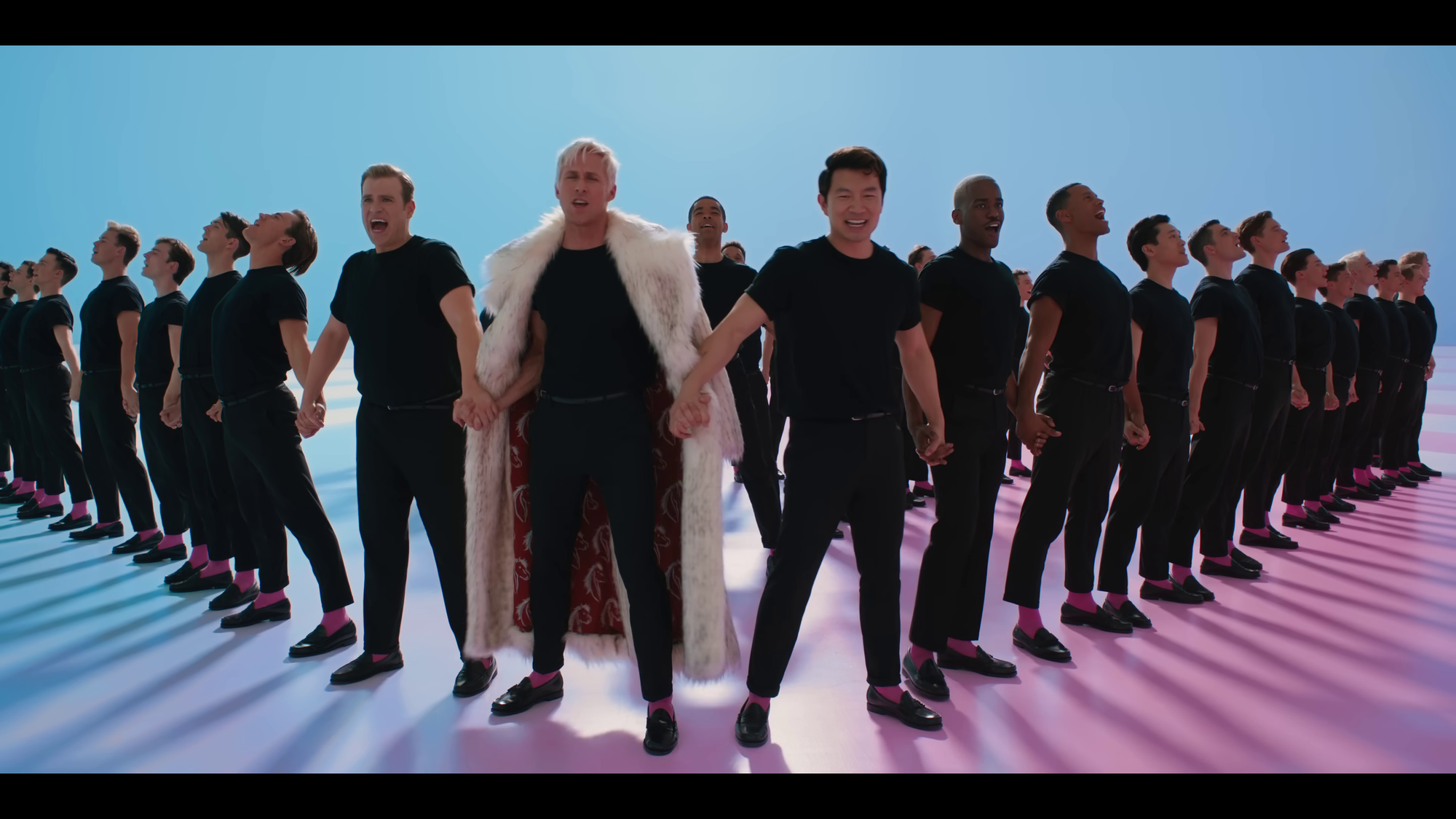
The featurettes on both the 4K and Blu-ray discs keep the party going, with Gerwig and her collaborators happily sharing credit for this idea or that gag; Ryan Gosling gets several shout-outs for going above and beyond in every capacity, even suggesting that Ken’s jumpsuit be covered with Barbie B’s to better sell how deeply his devotion runs. There’s a segment about how shooting on soundstages let the cast stay immersed in Barbie Land’s manufactured reality – where everything is about 22% smaller than human-scale, the same ratio as the doll playsets – and another about the process of transforming Margot Robbie into Stereotypical Barbie, and how many looks costume designer Jacqueline Durran tried for the character before realizing that she’d need all of them. Kate McKinnon’s Weird Barbie gets her own featurette as well, because of course she does.
Anyway, I assume you’ve already seen Barbie and you understand it’s a classic for the ages, so this is all academic. But if you haven’t? Yes. Grab the 4K disc. It’s a classic for the ages. I just said.
Barbie is available in separate 4K and Blu-ray editions from Warner Home Entertainment. The Last Voyage of the Demeter is available in a Blu-ray/DVD combo from Universal Studios Home Entertainment. Barbie is having more fun than Dracula.
In Sunday’s paid edition: Another face-off for the ages, as Walt Disney’s Snow White and the Seven Dwarfs and David Cronenberg’s Videodrome arrive on UHD to show us all what happens when dreams come true.
